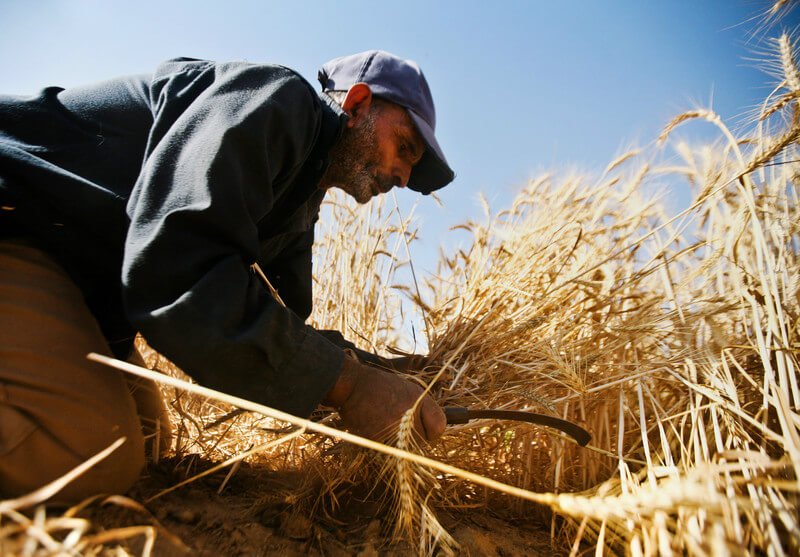[Rick Seimer], the president of Siemer Milling in Teutopolis, Ill., has seen the recent data showing the fewest number of planted wheat acres in U.S. history. On top of that, this year’s harvest was the lowest since 2002.
Nationwide, wheat producers this year are on track to plant the fewest acres since the U.S. Agriculture Department began keeping records in 1919.
…
According to the USDA, genetic improvements for wheat have been slow since the grain has a complex genetic makeup and the return on such investment is lower than that of corn and soy. As a result, there is no commercially grown genetically modified wheat in the United States.
But the milling company president said that a different technique, genetic editing, is on the rise and could help boost wheat back to its glory days.
“Genetic editing looks like it may really take the breeding world by storm and be much easier to use and productive than even genetic modification,” said Siemer. “It’s advancing very rapidly.”
The GLP aggregated and excerpted this article to reflect the diversity of news, opinion and analysis. Read full, original post: ‘Genetic editing’ seen as key for increased wheat yields































